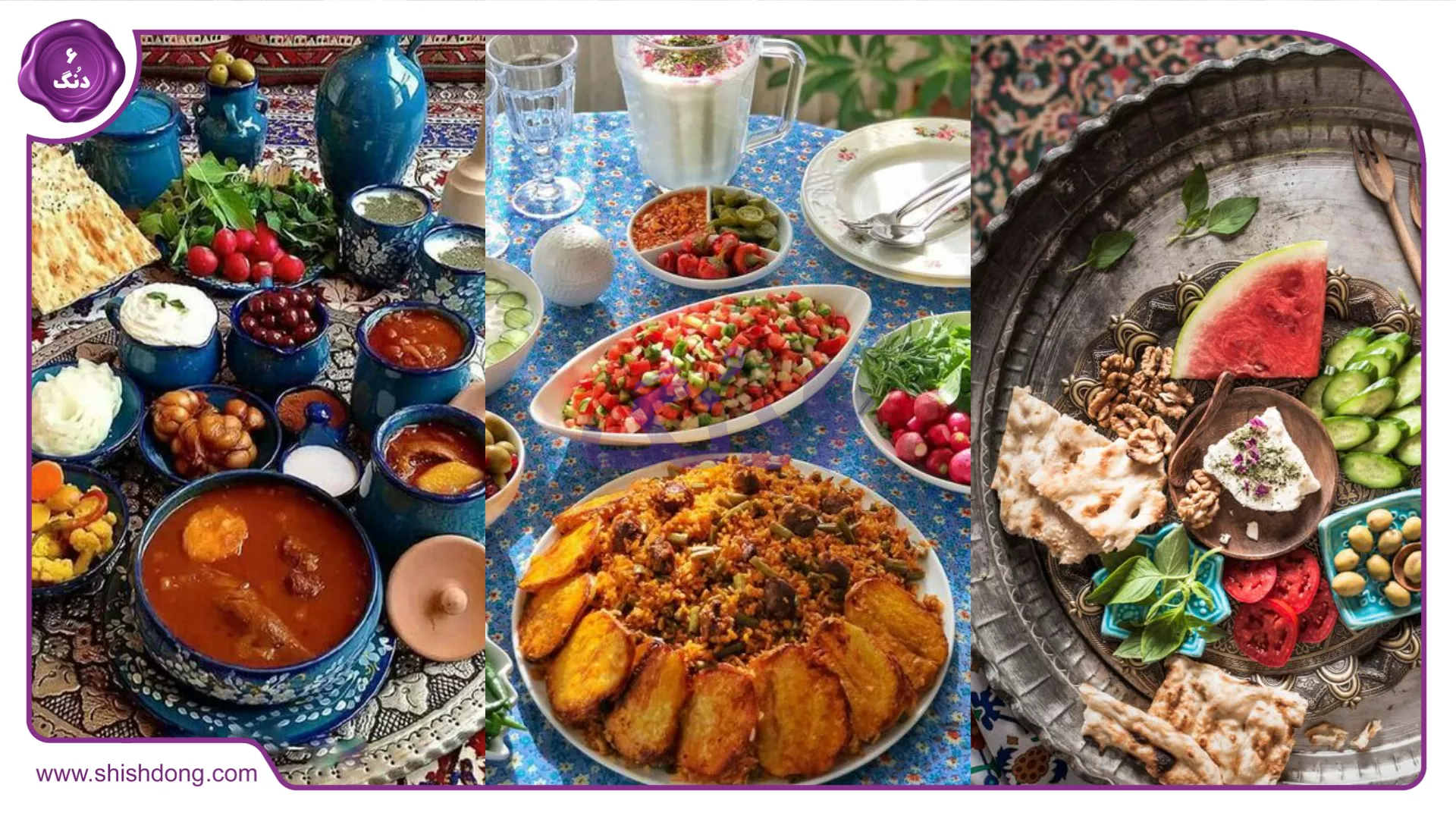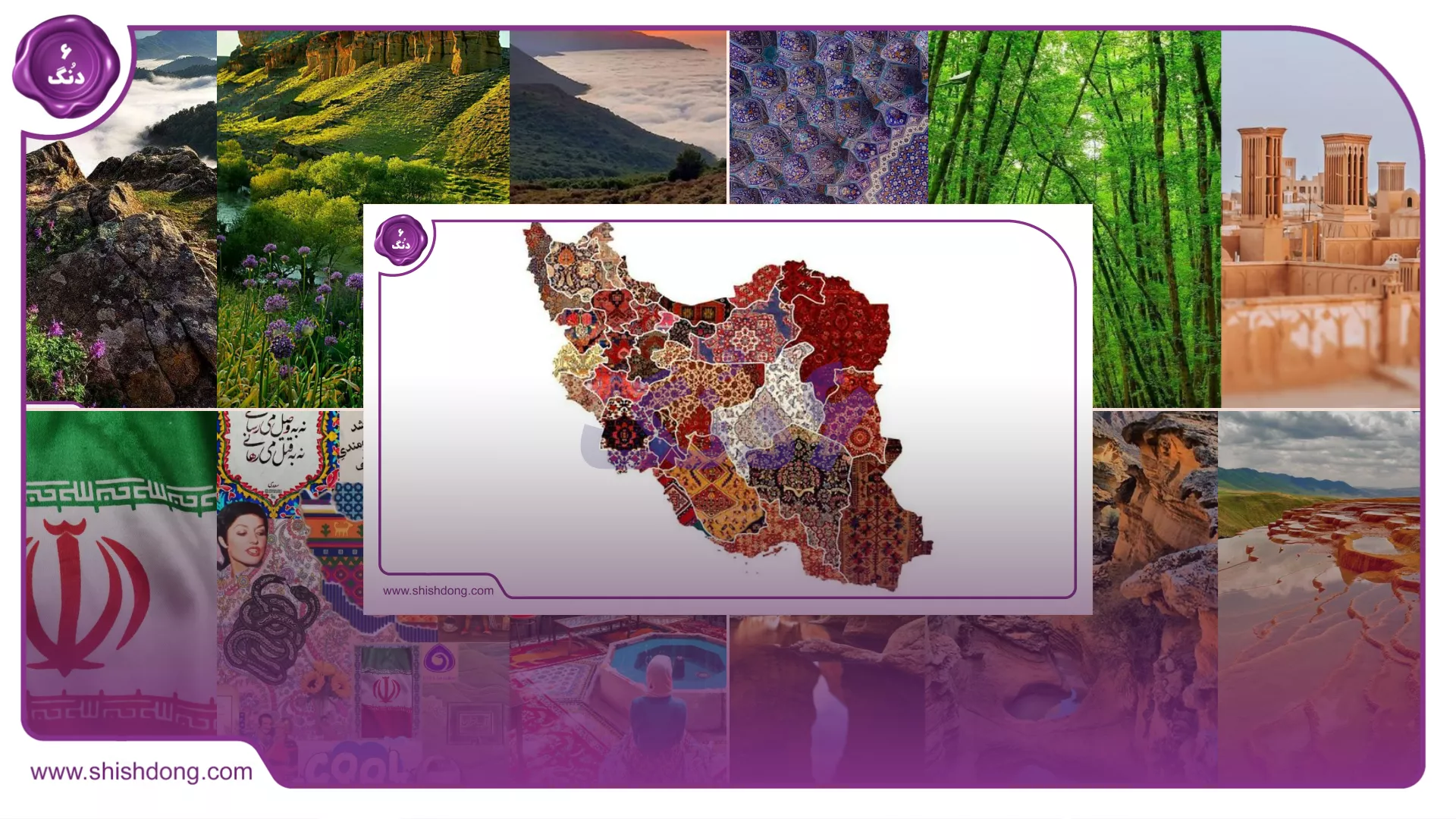Iran, A Journey to the Land of Wonders
Iran is a country with a rich history and culture, dating back to the Achaemenid Empire in the 6th century BC. It is home to some of the world's most impressive historical sites, including Persepolis, Naqsh-e Jahan Square, and the Jammeh Mosque of Isfahan. Iran is also a land of stunning natural beauty, with snow-capped mountains, lush forests, and vast deserts.
Iran, A Journey to the Land of Wonders
Iran, a country with a rich history and culture, has always been a fascinating destination for tourists. From the snow-capped peaks of the Alborz mountains to the azure shores of the Persian Gulf, Iran boasts an unparalleled diversity of tourist attractions.
Click here to view Kish island real estate ads
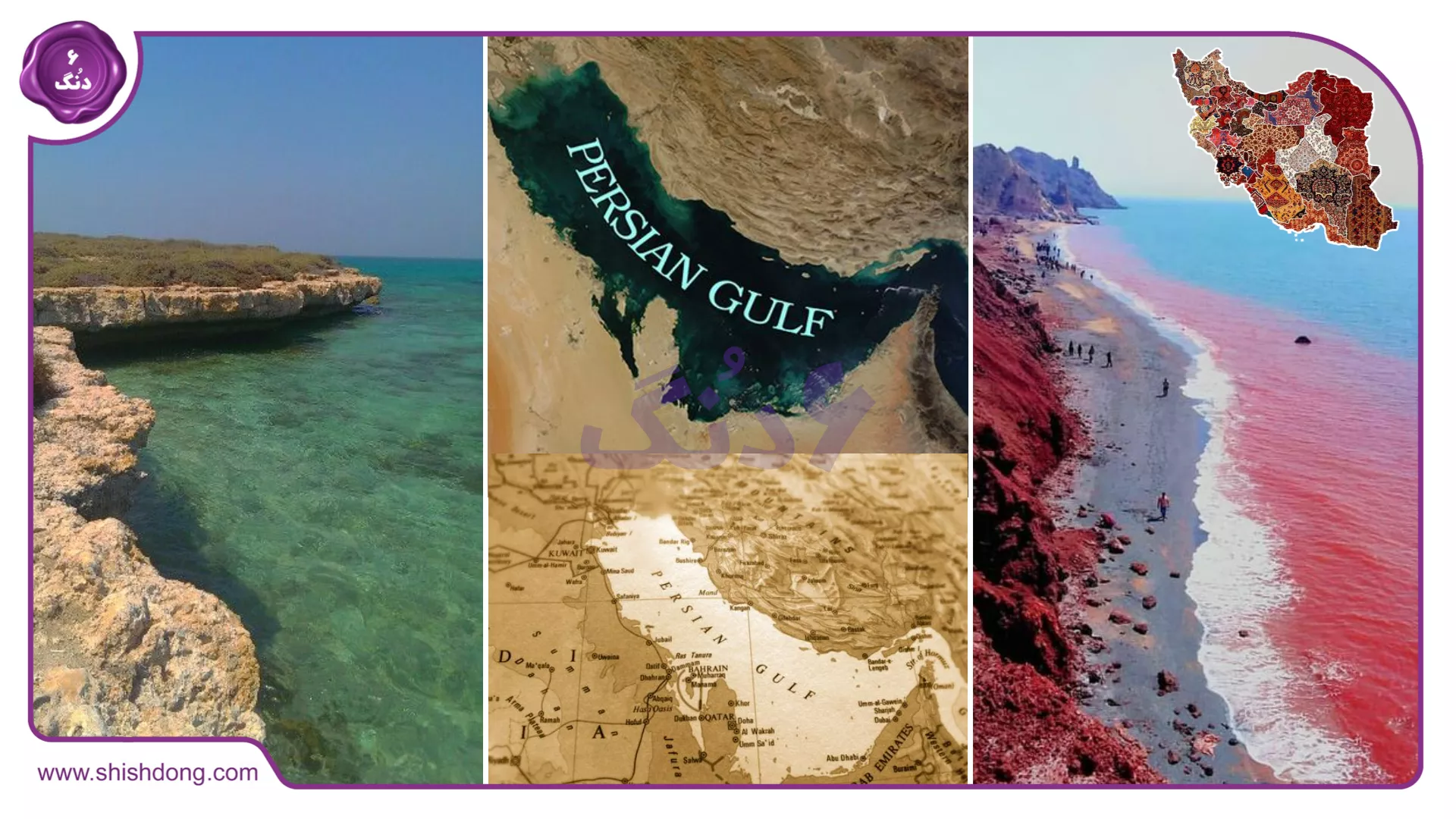
Here are some of the highlights of Iran's tourism offerings:
Natural attractions:
Mount Damavand: The highest peak in Iran and the Middle East.
The Caspian Sea: The largest lake in the world.
The Persian Gulf: One of the most important waterways in the world.
The Iranian deserts: such as the Maranjab desert, the Mesr desert, and the Aboozeydabad desert
The northern forests of Iran: such as the Hyrcanian forests and the Arasbaran forests

Historical attractions:
Persepolis: The magnificent capital of the Achaemenid Empire
Pasargadae: The tomb of Cyrus the Great
Bisotun: The bas-reliefs of Darius the Great
The Soltanieh Dome: A masterpiece of Iranian architecture
Click here to view Kish island real estate ads
Religious attractions:
Mashhad: The burial place of Imam Reza (AS).
Qom: The burial place of Hazrat Masoumeh (SA).
Shiraz: The burial place of Iranian elders such as Hafez and Saadi.
Isfahan: The burial place of Iranian elders such as Sheikh Lotfollah and Nasir al-Din Tussi.

Museums:
The National Museum of Iran: The largest museum in Iran.
The Museum of Ancient Iran: Home to a collection of ancient Iranian artifacts.
The Carpet Museum: Home to a collection of exquisite Iranian carpets.
The National Jewelry Museum: Home to the Iranian crown jewels.
Food:
Iranian cuisine: With its unique flavors and diversity, it is one of the main attractions of traveling to Iran.
Kebab: The most popular Iranian dish.
Ghormeh Sabzi: A popular Iranian stew.
Chelo Kebab: The national dish of Iran.
Ash Reshteh: A traditional Iranian.
People:
Iranians: Known for their hospitality and always welcoming tourists with open arms.
Traveling to Iran will be an unforgettable experience that will stay with you forever.
Click here to view Kish island real estate ads
Tips for traveling to Iran:
Best time to travel: Spring and autumn are the best times to travel to Iran.
Visa: Citizens of some countries need a visa to enter Iran.
Hijab: In Iran, women are required to wear a hijab.
Language: The official language of Iran is Persian, but in some regions, local languages are also spoken.
Additional information for traveling to Iran:
Here are some frequently asked questions about traveling to Iran:
Do I need a visa to travel to Iran?
Citizens of most countries need a visa to enter Iran. You can apply for a visa at the Iranian embassy or consulate in your home country.
What is the best time to travel to Iran?
The best time to travel to Iran is during the spring (March-May) or autumn (September-November) when the weather is mild.
What should I wear in Iran?
Iran is a conservative country, so it is important to dress modestly. Women should wear a headscarf in public.
What is the currency of Iran?
The official currency of Iran is the rial. However, the toman is also commonly used. 10 rials equal 1 toman.
How can I get around Iran?
There are a few ways to get around Iran, including by plane, train, bus, and taxi.
What are some things to do in Iran?
Iran has a rich history and culture, so there are many things to see and do. Some popular tourist attractions include:
Persepolis: The ancient capital of the Achaemenid Empire
Naqsh-e Jahan Square: A UNESCO World Heritage Site in Isfahan
The Grand Bazaar: A vast covered market in Tehran
The Lute Desert: The world's hottest desert
The Caspian Sea: The largest lake in the world
What are some tips for traveling to Iran?
Be respectful of local customs and traditions.
Dress modestly, especially in public places.
Learn some basic Persian phrases.
Be patient and flexible.
Traveling to Iran can be a challenging but rewarding experience. By following these tips, you can ensure that your trip is safe and enjoyable.
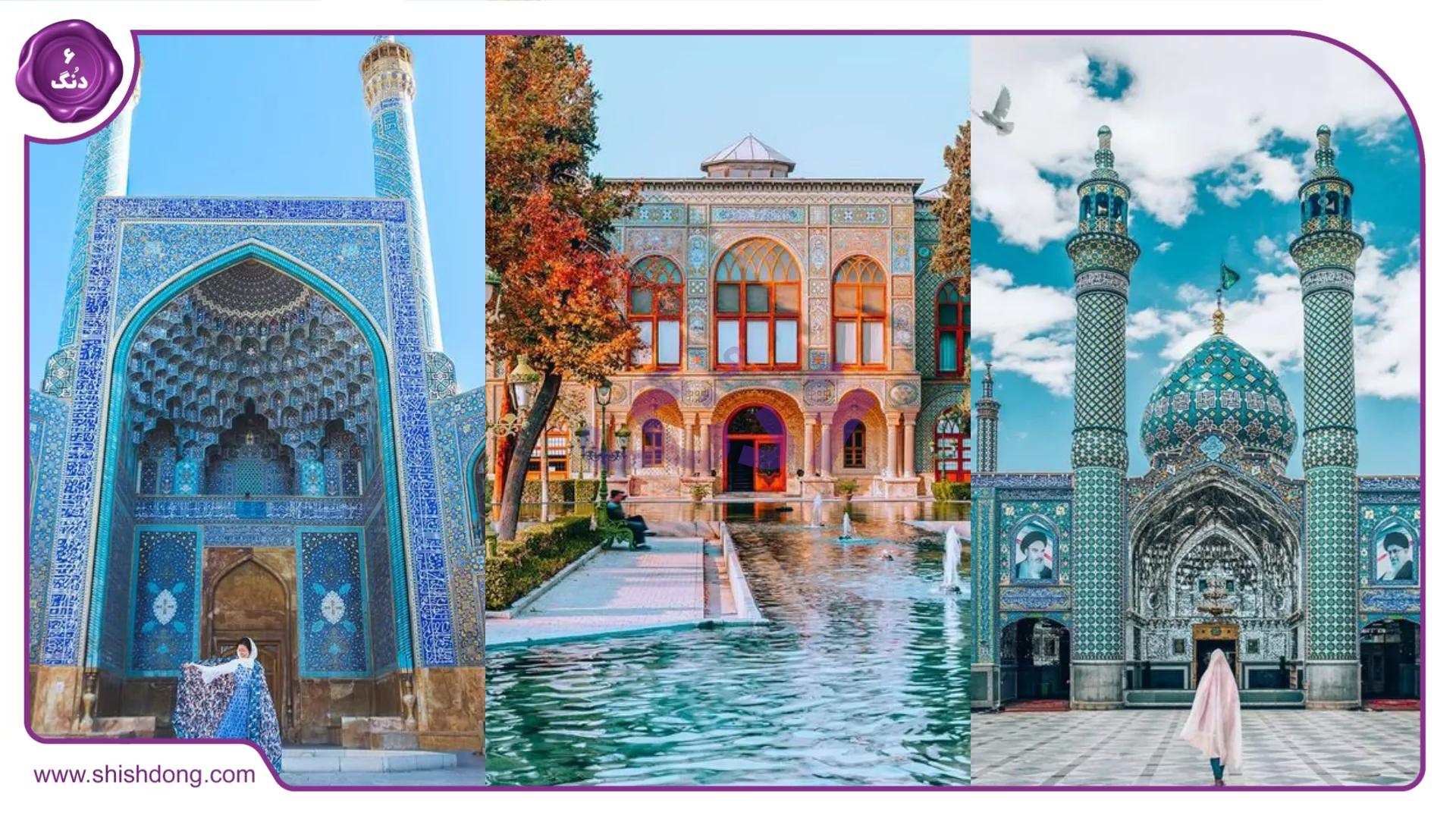
Before you travel:
Visa: Citizens of most countries need a visa to enter Iran. You can apply for a visa at the Iranian embassy or consulate in your home country.
Travel insurance: It is important to purchase travel insurance that covers medical expenses, trip cancellation, and lost luggage.
Vaccinations: Make sure you are up to date on all your vaccinations before traveling to Iran.
Click here to view Kish island real estate ads
Currency exchange: You can exchange your currency at banks, money changers, and hotels.
Safety: Iran is a relatively safe country to travel to, but it is always important to be aware of your surroundings and take precautions against petty theft.
While you are traveling:
Learn some basic Persian phrases. This will help you communicate with locals and make your trip more enjoyable.
Iran is a very different country from the West, so it is important to be open-minded and patient.
Be patient and flexible. Things don't always go according to plan in Iran, so it is important to be patient and flexible.
By following these tips, you can ensure that you have a safe and enjoyable trip to Iran.
Click to view other articles
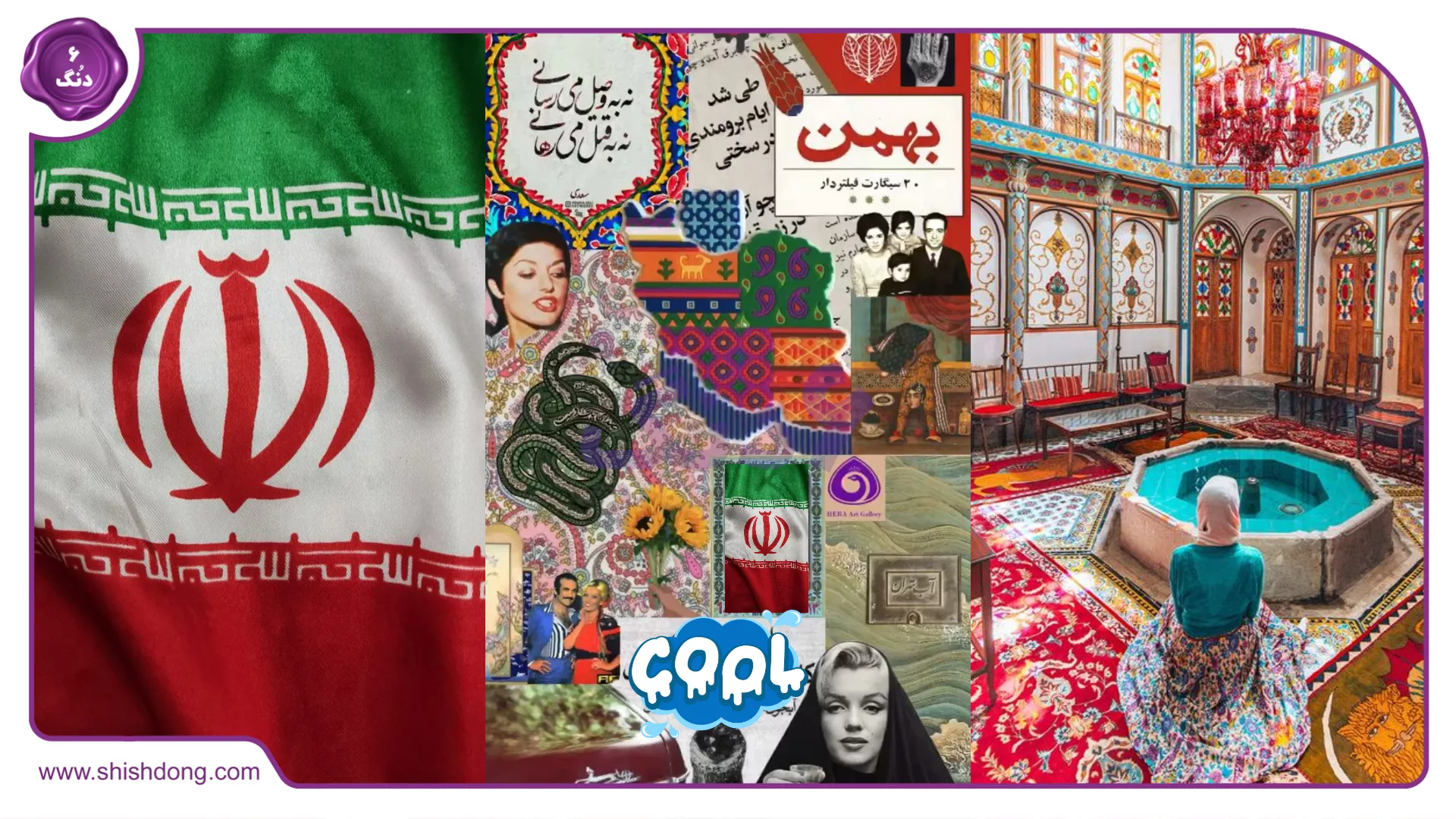
Iran Travel Information and Souvenirs
Iran is a country with a rich history and culture, dating back to the Achaemenid Empire in the 6th century BC. It is home to some of the world's most impressive historical sites, including Persepolis, Naqsh-e Jahan Square, and the Jammeh Mosque of Isfahan. Iran is also a land of stunning natural beauty, with snow-capped mountains, lush forests, and vast deserts.
Click here to view Kish island real estate ads
Souvenirs:
Persian carpets: Persian carpets are world-renowned for their beauty and craftsmanship. They are made from the finest wool and silk and can take years to weave.
Miniature paintings: Miniature paintings are a traditional Iranian art form that depicts scenes from Persian history, mythology, and literature.
Ghalamzani: Ghalamzani is a type of metalworking that involves engraving intricate designs on copper, brass, and silver.
Minakari: Minakari is a type of enamelware that is decorated with colorful floral and geometric patterns.
Saffron: Saffron is a spice that is prized for its delicate flavor and aroma. It is grown in Iran's Khorasan region.
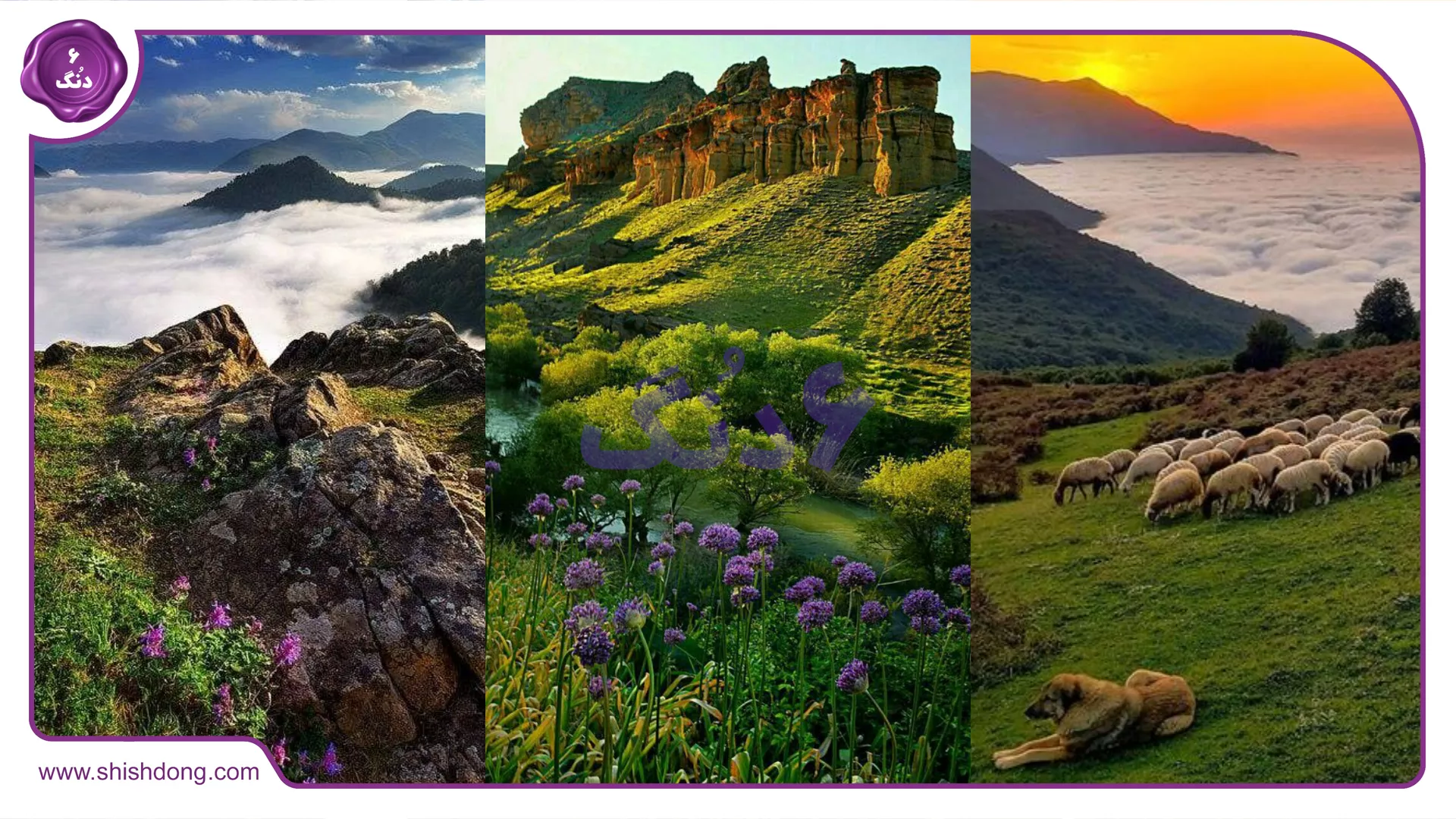
Tours:
Historical tours: There are many historical tours available in Iran, which take visitors to some of the country's most famous historical sites.
Cultural tours: Cultural tours offer a deeper understanding of Iranian culture, including its art, music, and food.
Nature tours: Nature tours allow visitors to explore Iran's stunning natural beauty, from the mountains of the north to the deserts of the south.
Tourism information:
Currency: The currency of Iran is the rial. You can exchange your currency at banks, money changers, and hotels.
Language: The official language of Iran is Persian. English is also widely spoken in major tourist areas.
Climate: Iran has a diverse climate, with four distinct seasons. The best time to visit Iran is in the spring (March-May) or autumn (September-November).
Click here to view Kish island real estate ads
Art and Culture:
Iranian Cinema: Iranian cinema is one of the most vibrant and acclaimed in the world. Iranian filmmakers such as Abbas Kiarostami and Asghar Farhadi have received international recognition and numerous awards for their work.
Iranian Music: Iranian music is diverse and rich. From traditional Iranian music to modern pop music, there is a wide range of styles to enjoy.
Iranian Literature: Iranian literature has a long and distinguished history. Iranian poets such as Hafez and Saada are known and respected worldwide.

Nature and Environment:
Iran's Biodiversity: Iran is home to a remarkable biodiversity. From the Alborz mountains and Caspian forests to the desert plains and Persian Gulf shores, Iran encompasses a wide range of ecosystems.
Iran's Geoparks: Iran has several geoparks that are recognized for their unique geological features. These geoparks are ideal destinations for nature lovers and geology enthusiasts.
Environmental Challenges: Iran faces various environmental challenges such as air pollution, water scarcity, and desertification. There are significant efforts underway to address these challenges, but much work remains to be done.
Click here to view Kish island real estate ads
Other Information:
Iran's Economy: Iran's economy is in transition and faces challenges such as economic sanctions and oil price fluctuations. However, there are many opportunities for investment and economic growth in Iran.
Iranian Society: Iranian society is young and educated. More than half of Iran's population is under 30 years old, and the literacy rate in Iran is around 85%.
Iran's Future: Iran is a country with great potential. Despite the existing challenges, Iran is on a path towards development and progress.
Conclusion:
Iran is a country with a rich history, vibrant culture, and beautiful nature. It is an ideal destination for tourists, history and culture enthusiasts, and nature lovers. Iran is in transition and transformation, and it has a bright future ahead.
Note: This information is just a brief overview of new and unique information about Iran. For more
information, you can refer to the following resources:
The official website of the Iranian Ministry of Foreign Affairs: https://en.mfa.ir/
Translator: Saman Sayah



